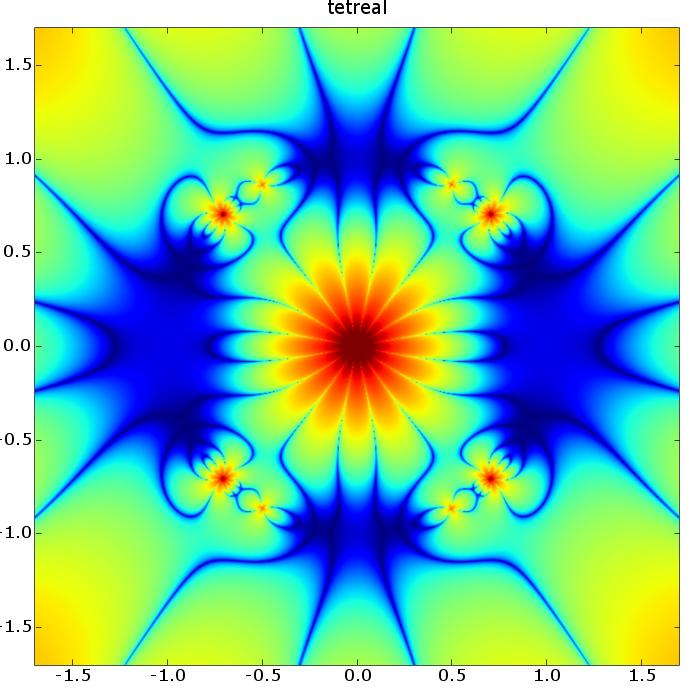Bozo Erectus
Master Baker
- Joined
- Jan 22, 2003
- Messages
- 22,389
I know what dark matter is. Its 'manna'. 



Perfection said:HOLY FREAKIN' CRAP!
AWESOME!
Now if we could figure out what the hell it's made of...
warpus said:It's made of PEOPLE



Perfection said:So, how exactly did they measure the gravitational lensing?
Huh?Masquerouge said:Usually by measuring the arcs of distorted galaxy's images going through the lens.

Perfection said:Huh?
Perfection said:Huh?
Perfection said:I understand gravitational lensing, but how can they tell that something has been lensed? I mean you see all these photos of clear cut examples of lensing, but how can you tell in this case?
Perfection said:I understand gravitational lensing, but how can they tell that something has been lensed? I mean you see all these photos of clear cut examples of lensing, but how can you tell in this case?
IglooDude said:I'm guessing, different frequencies show different amounts of bending?
I don't think that could happen, the lense just changes its angle and position, its frequency should be the same, just like any ordinary lense in optics.IglooDude said:I'm guessing, different frequencies show different amounts of bending?
And even in the cases of such diffuse sources as this you can see doubles?betazed said:As I said there are many galaxies in the background. Each of them are for all practical purposes point light sources to us. Now if you see two light sources with pretty much the same spectrum on two sides of a putatively massive object, then you can theorize that probably that pair of light sources are the same object gravitationally lensed; because chances that two sources will have the same spectrum is small.
if you see dozens of such pairs then you know that they are gravitationally lensed.
Perfection said:And even in the cases of such diffuse sources as this you can see doubles?
In these weaker cases is one double significantly weaker then the other?
Sidhe said:Here's a couple of websites that have the information from the horses mouth so to speak, an audio press release was suposed to be released yesterday but hasn't been forthcoming yet.
I thought you might find them usefull in a watch this space sort of way if you'll pardon the pun, hopefully you can post the press release when it's forthcoming, hot from the presses. Thought it might be useful.
http://www.nasa.gov/home/hqnews/2006/aug/HQ_M06128_dark_matter.html
http://www.nasa.gov/home/hqnews/2006/aug/HQ_M06128_dark_matter.html
I don't want to count the chickens before they've hatched but this is starting to look momentous even from the most conservative view point.
http://www.nasa.gov/vision/universe/starsgalaxies/dark_matter_proven.html
A more in depth article.
http://math.ucr.edu/home/baez/week238.html
A blog that may be of interest.
obviously feel free to post this stuff if you like.

